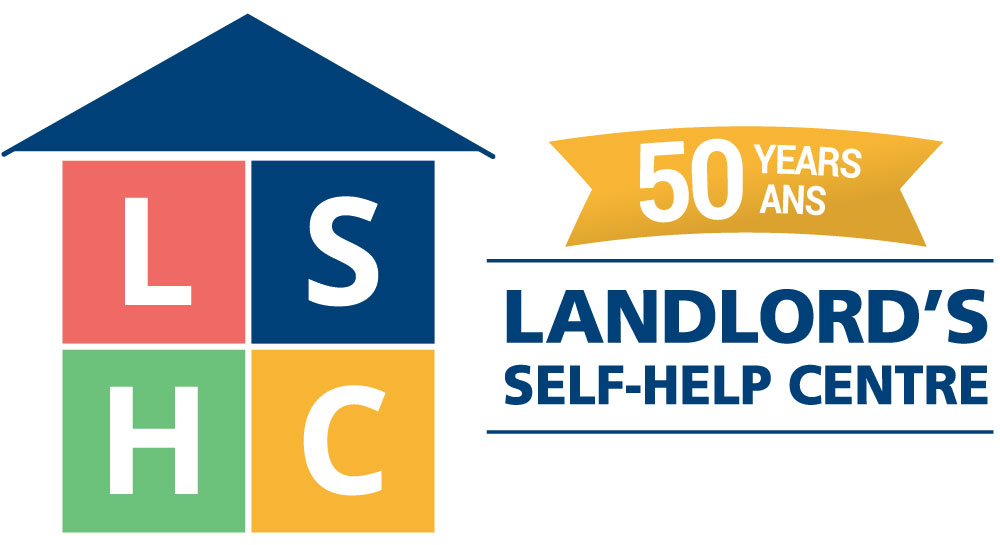Your first stop for self-help is a review of our FAQs. Take a look at the ever increasing collection of questions asked by Ontario’s small-scale landlords as well as the actual answers provided by Landlord’s Self-Help Centre.
If the tenant is evicted and does not pay the rent owing according to an LTB Order and you know where she is employed, you can file garnishment documents with the Small Claims Court to garnish her wages. For more information on the garnishment process, visit https://www.attorneygeneral.jus.gov.on.ca/english/courts/scc/
It is only possible to collect the money owed to you if you have information on the tenant’s new address. It is also important to have their current employment information.
As of September 1, 2021, landlords can file an application for arrears of rent and failure to pay the utility costs with the LTB within one year from the date the tenant is no longer in possession of the rental unit. The tenant must have moved out of the rental unit on or after September 1, 2021.
Since the order is in your tenant’s name, you can only collect from her. You cannot enforce the order again her ex-husband if he was not a tenant named in the order. Further, if this tenant is on social assistance, it is impossible to collect arrears of rent based on an order as social assistance payments cannot be garnished.
Landlords are able to collect an amount owing based on an LTB order by filing the garnishment document with the Small Claims Court against the employer of the tenant or against a bank branch where the tenant has an active account. If the tenant is not employed but receiving social assistance from the government or a pension, you are not able to garnish this money. Another option is to engage the services of a collection agency. Contact the collection agency directly in order to learn more about their collection process.
A separate application would have to be filed to deal with the damages that were not included in the LTB order. As of September 1, 2021, landlords can file an application for damages with the LTB within one year from the date the tenant is no longer in possession of the rental unit. The tenant must have moved out of the rental unit on or after September 1, 2021. Forms can be obtained from the Landlord and Tenant Board’s website at https://tribunalsontario.ca/ltb/forms/#landlord-forms
Landlords are able to collect an amount owing based on an LTB order by filing the garnishment document with the Small Claims Court against the employer of the tenant or against a bank branch where the tenant has an active account. If the tenant is not employed but receiving social assistance from the government or a pension, you are not able to garnish this money. Another option is to engage the services of a collection agency. Contact the collection agency directly in order to learn more about their collection process.

